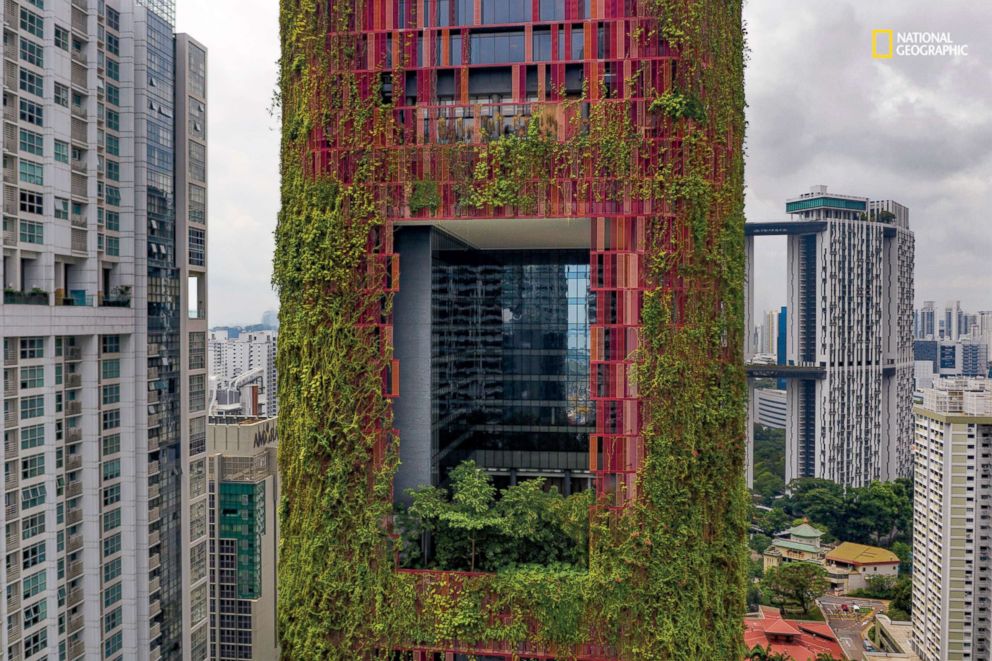Cities of the future: How developers are working to reverse the health and climate impacts of urban sprawl
A National Geographic special issue examines the way we've been building cities.
"Rethinking Cities" is part of National Geographic’s special-edition, single-topic issue on "Cities: Ideas for a Brighter Future," available online now.
When you think of what cities of the future will look like, what do you imagine?
Perhaps flying cars zipping around skyscrapers thousands of feet tall, or robots delivering packages or cleaning up streets. But each of these innovations focuses on technology, and while new technologies will definitely be part of future cities, they should not be what defines them, experts say.
“When people talk about that topic, they usually talk about technology — ‘The Jetsons,’ flying around in cars, robots and that kind of thing,” said Rob Kunzig, senior environment editor at National Geographic and author of the article appearing in the special issue of the magazine. “What interested me is that we sort of made that mistake before — focusing on technology. The cities we have today, especially in the U.S. but in other countries as well, are really built around cars and that has created lots of problems.”
Cars have allowed us to get around for over a century, but it wasn’t until after World War II that Americans’ use of cars ramped up. As the population and economy grew, more people moved to the suburbs and public transportation systems were closed, according to the Environmental Protection Agency. These rapid changes contributed to urban sprawl, or the expansion of urban areas into nearby undeveloped land with little regard for urban planning, spurring an increased reliance on cars to get around. It’s not only a problem in the U.S., either; it’s worldwide.

Sprawl has been associated with increased energy use and pollution, which has impacted public health and the environment. One-third of deaths from stroke, lung cancer and heart disease are due to air pollution, according to the World Health Organization. Climate change is closely linked to pollution, and efforts to reverse it are ongoing in countries across the globe.
But the problem with sprawl goes further, Kunzig said, “affecting our economy and social justice because people tend to be segregated by class and cut off from opportunities when transportation is inadequate,” he said.

Whether we as a society will continue to make these mistakes is something Kunzig said he was interested in finding out when he set out to write the article.
Cities of the future, Kunzig discovered after talking to urban developers already working on them, will try to remediate each of these issues while using (greener) technology to help. From autonomous buses that act like an Uber Pool to additional housing within the sprawl connected by "spines" of public transit, these future cities will ideally make people happier and healthier, as well as bring people together socially and economically.
There isn’t one city that will be able to completely revamp itself, Kunzig said, but many have already made incremental changes. For example, Los Angeles residents voted for an increase in their sales tax to help pay for an expansion of their public transit system and hopefully reduce traffic congestion on roads. In La Paz, Bolivia, a cable car system provides poor residents living atop mountains the opportunity to reach downtown areas faster and reduces congestion on mountain roads.
“It took 50 years for us to create — in the U.S. — the world we have now,” Kunzig said. “So maybe in 50 years, we can undo it. It’s hard to see exactly how that happens; you can sort of take it one step at a time.”
This story is a collaboration between National Geographic and ABC News, whose parent company is Disney.




